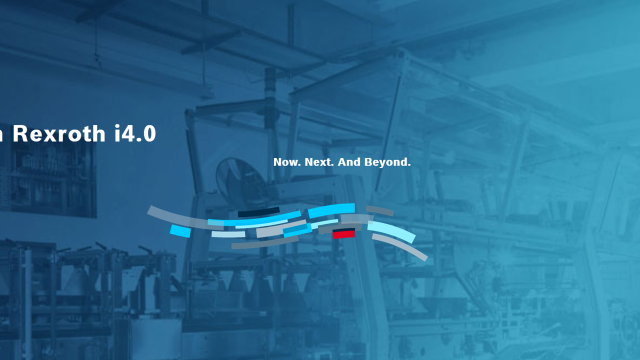



Author: Bosch Rexroth | June 17, 2020

We are living the fourth industrial revolution; this is no buzzword anymore. Although executives across the globe have realized the importance of acting in a timely manner, defining the right path for an organization might still be a challenge.
Let's set the stage first. "Industry 4.0" is the official name of an initiative led by the German government together with Robert Bosch GmbH and other leading technical universities. In a nutshell, this is truly a call to action, given the fact that technology is now more pervasive, cheap and accessible than ever. It is an encouragement, for example, to start looking into the benefits that Internet of Things (IoT) can bring to your operations. Moreover, it is an encouragement to truly start thinking outside the box and exploring emerging technologies, such as 3D printing, cloud computing, artificial intelligence, blockchain, for finding new creative ways to boost productivity, create new business models, and ultimately satisfy your customers.
In other words, Industry 4.0 aims to bring people, technology and information together.
Currently we are in the process of turning our old "dumb" equipment into "smart" and connected equipment (definition of "brownfield application"), applying sensors, using industrial gateways or edge devices that "talk" in common IoT protocols and can be programmed in high level programming languages: we are now able to finally have complete visibility into the behavior of our machines. We transformed raw data into information.
The next step would be to turn information into knowledge, and we can do so by combining all the information we have collected from our machines and other various data source across the shop floor: thanks to Machine Learning we can now find patterns and correlations at unprecedented speed and scale. Condition monitoring, predictive maintenance, smart order routing, are some of the application that can lead to energy saving ad higher OEE.
In 10-20 years from now, the goal would be to have intelligent autonomous systems that coordinate independently among each other and are capable to help humans in taking faster and better decisions on how to efficiently run a plant.